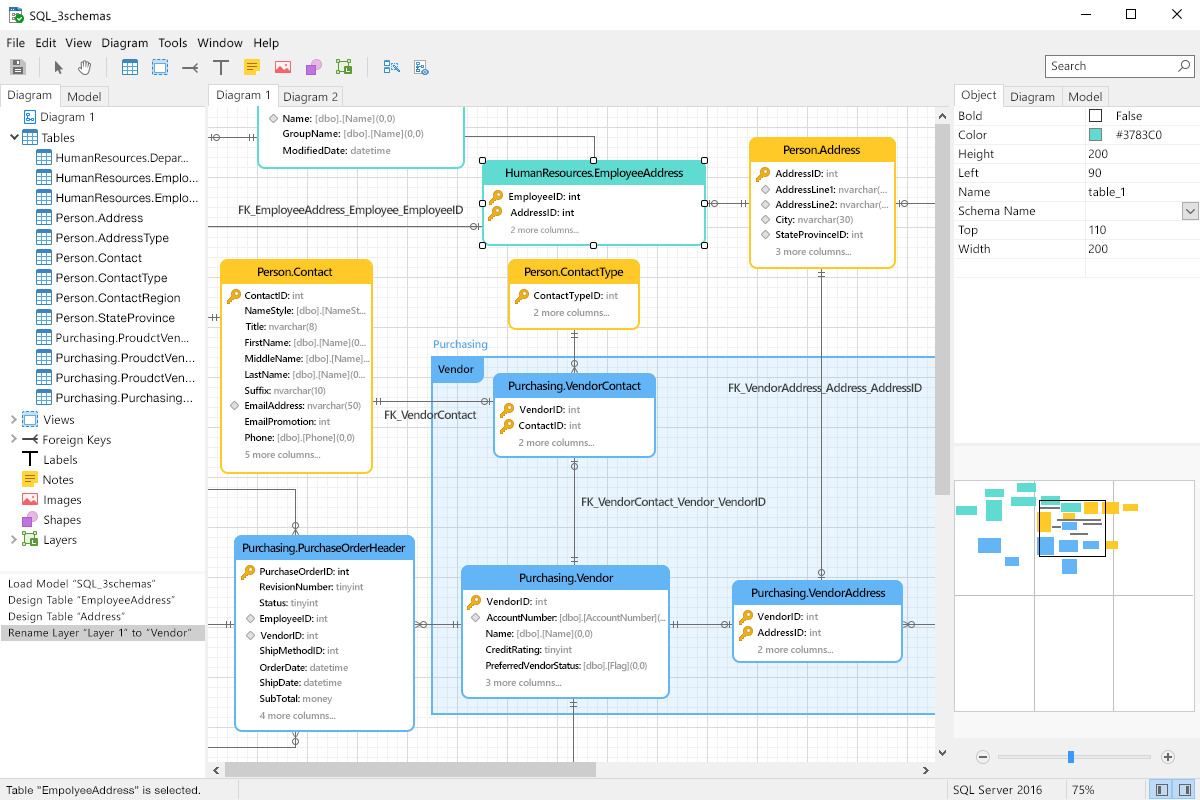Sql Database Compare Tool


Sql Database Compare Tool Free Download
DbForge Schema Compare for SQL Server is a reliable tool that saves your time and effort when comparing and synchronizing databases on SQL Server. The tool allows working with live SQL Server databases, snapshots, and backups. There is one more tool that is “Open DBDiff 0.9” which is an open source database schema comparison tool for SQL Server 2005/2008. It reports and provides a synchronization script to upgrade a database from one to the other. DBComparer is a professional database comparison tool for analyzing the differences in Microsoft SQL Server 2008 (and 2005) database structures. It is an excellent tool for any project development team or DBA managing multiple copies of the same database on an SQL Server.
Jordan befriends his neighbor, Donnie Azoff, and the two found their own company. Watch wolf of wall street full movie.
The pillow store locations. Access 2016 Office for business Access 2013 Database Compare 2013 Database Compare 2016 Database Compare 2019 Suppose the design of your Microsoft Access desktop database has changed (new or modified tables, queries, field properties, forms, or reports) and you want to see a history of these changes. If you’re using Office 2013 Professional Plus, Microsoft Office 2016 Professional, or Office 365 ProPlus, you have Database Compare. You can use Database Compare to compare the one version of an Access desktop database to another. You’ll see difference, such as new or changed tables, queries, fields, field properties, and so on, in a SQL Server Reporting Services report that you can export to Excel or save in PDF format. Note: You can't use Database Compare with Access web apps. In this article Compare two Access databases • Open Database Compare 2013 or Database Compare 2016.
Sql Server Database Comparison Tool
You’ll see a simple dialog box that has two tabs: Setup and Results. • On the Setup tab, next to the Compare box, use the Browse button to find the database you want to use as the 'baseline' (or the earlier version). When you find the file you want, click Open. • Next to the To box, click the Browse button to find the database that is 'changed' (or the most recent version). • In the Report Options section, choose the database objects (tables, queries, macros, modules, reports, forms, or pages) you want compared by checking the boxes next to them. • In the Report Values section, choose Full or Brief to specify how detailed you want the results to be. • Click Compare to run the comparison.